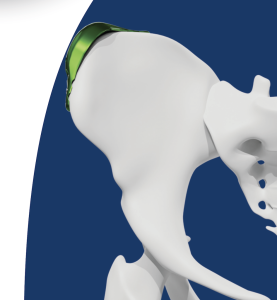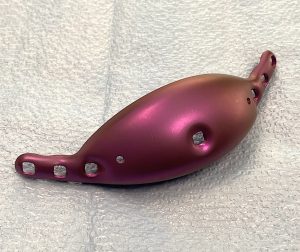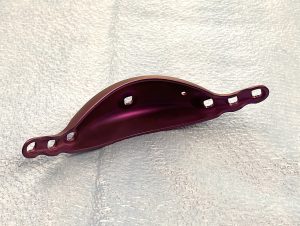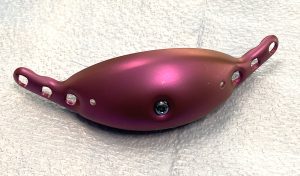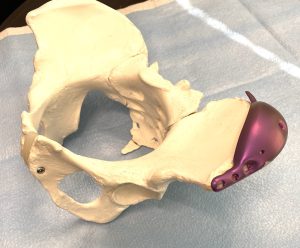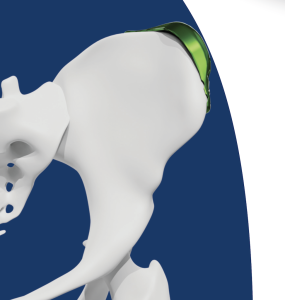
This type of hip implant, besides being metal, is a unique combined design between that of an aesthetic component and and reconstruction plate side components. For the sake of clarity I will refer to the aesthetic component as the working end or part of the implant in which the augmentation effect is created. This is the central 2/3s portion of the implant. The reconstructive part of the implant is the lateral or side plates in which the screw holes reside, hence why it is also referred to as an iliac plate. Much like fixing a fracture the plate is secured by screws to the bone. In this case it is for implant stability and not fracture healing.
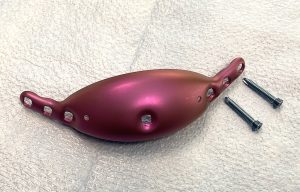
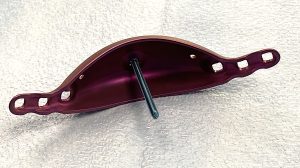
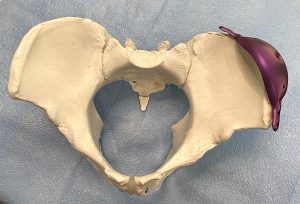
Dr. Barry Eppley
World-Renowned Plastic Surgeon



